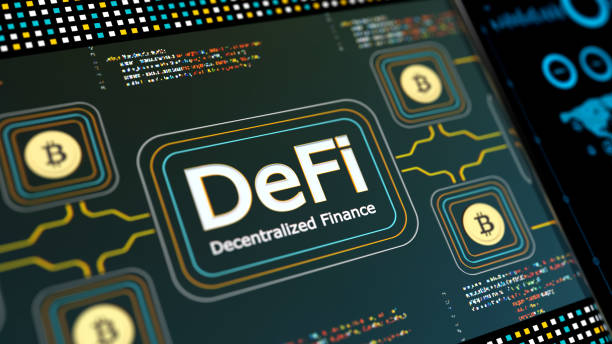The DeFi sector faced a severe downturn in Q1 2025, with DeFi TVL (Total Value Locked) dropping by $48 billion, erasing significant gains despite earlier optimism surrounding pro-crypto policies. This decline, driven by market volatility and economic uncertainties, has raised concerns about DeFi’s resilience within the broader blockchain ecosystem. As Web3 platforms struggle to maintain momentum, this article examines the factors behind the DeFi TVL collapse, its impact on key protocols, and potential recovery paths for crypto investors.
Why Did DeFi TVL Crash?
The DeFi TVL across major blockchain networks plummeted from $125 billion to $77 billion in Q1 2025, according to Artemis and Dune data. Ethereum, the largest DeFi hub, saw its TVL shrink by 35%, falling to $45 billion as its native token price dropped to $1,805. High transaction fees and network congestion deterred users, pushing activity to alternatives like Solana and Binance Smart Chain. However, even these networks faced TVL declines of 20–25%, reflecting a broader crypto market correction.

DeFi TVL. Source: Defi Llama (April 18, 2025)
Economic factors, including proposed U.S. tariffs on global trade, disrupted investor confidence, leading to capital outflows from DeFi protocols. Unlike previous quarters, where DeFi benefited from Web3 hype, Q1 2025 saw reduced user activity, with daily active wallets dropping 15%, per Dune analytics. This underscores the challenges DeFi faces in sustaining growth during market downturns.
Impact on Major DeFi Protocols
Key DeFi protocols bore the brunt of the TVL decline. Aave, a leading lending platform, saw its TVL fall from $20 billion to $12 billion, despite record $34.3 billion in deposits in 2024. Uniswap, the top decentralized exchange, experienced a 30% TVL drop to $5 billion, as trading volumes weakened. MakerDAO, known for its DAI stablecoin, struggled with reduced collateralization, contributing to a 25% TVL loss. These declines highlight how even established DeFi platforms are vulnerable to market shifts.
Smaller protocols faced even steeper challenges. Emerging DeFi projects on Ethereum and Solana saw TVL reductions of up to 50%, as speculative capital dried up. The lack of new user inflows and declining token prices further exacerbated the DeFi TVL crisis, signaling a need for innovation to restore confidence.
Factors Driving the Decline
Several factors fueled the DeFi TVL collapse. First, blockchain scalability issues persisted, with Ethereum’s high gas fees discouraging smaller transactions. Second, regulatory uncertainties, including delayed U.S. tax reporting rules for crypto, created hesitation among institutional investors. Third, the DeFi sector’s reliance on speculative trading waned as Web3 projects struggled to deliver real-world utility. These challenges combined to create a perfect storm for DeFi in Q1 2025.
Additionally, Bitcoin’s dominance rose to 64%, diverting capital from DeFi protocols, as investors favored safer assets amid volatility. This shift reduced liquidity in DeFi pools, further depressing TVL across ecosystems like Polygon and Avalanche.
Opportunities for Recovery

Despite the downturn, opportunities exist for DeFi’s recovery. Protocols adopting cross-chain interoperability, like LayerZero, could attract users by reducing costs and enhancing accessibility. DeFi platforms focusing on real-world asset tokenization, such as MakerDAO’s collateral expansion, may draw institutional capital. Moreover, Solana’s low-cost transactions could bolster DeFi activity if new projects emerge.
Crypto investors should monitor TVL trends on platforms like CoinGecko to identify undervalued DeFi protocols. Staking opportunities in Aave or Uniswap may offer stable returns during recovery phases, provided market conditions stabilize.
Looking Ahead for DeFi
The Q1 2025 DeFi TVL decline underscores the sector’s vulnerability to macroeconomic and blockchain-specific challenges. However, DeFi’s core value—decentralized finance—remains compelling. By addressing scalability, improving user experience, and aligning with regulatory frameworks, DeFi protocols can regain momentum. Crypto enthusiasts should stay vigilant, as Web3 innovations could spark a DeFi revival, reshaping the blockchain landscape.




